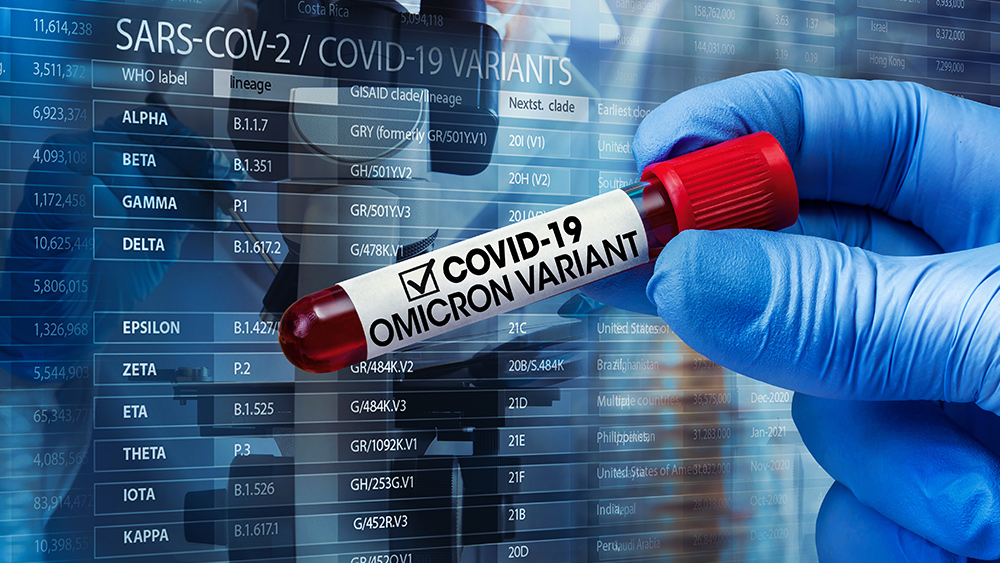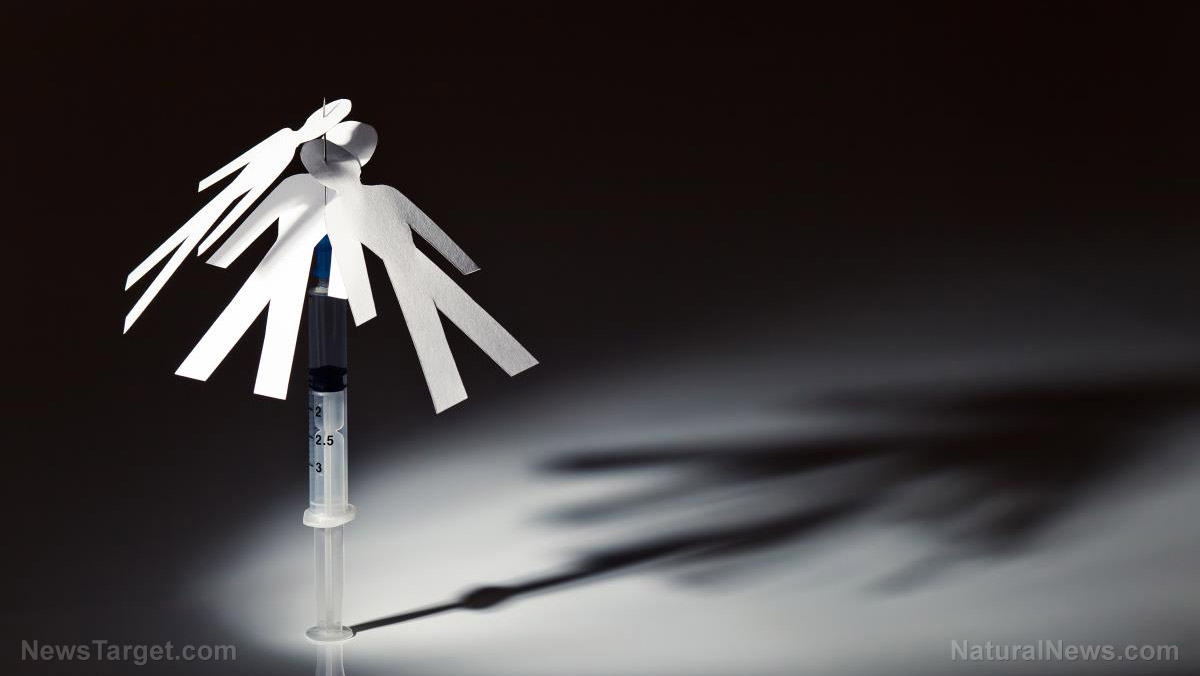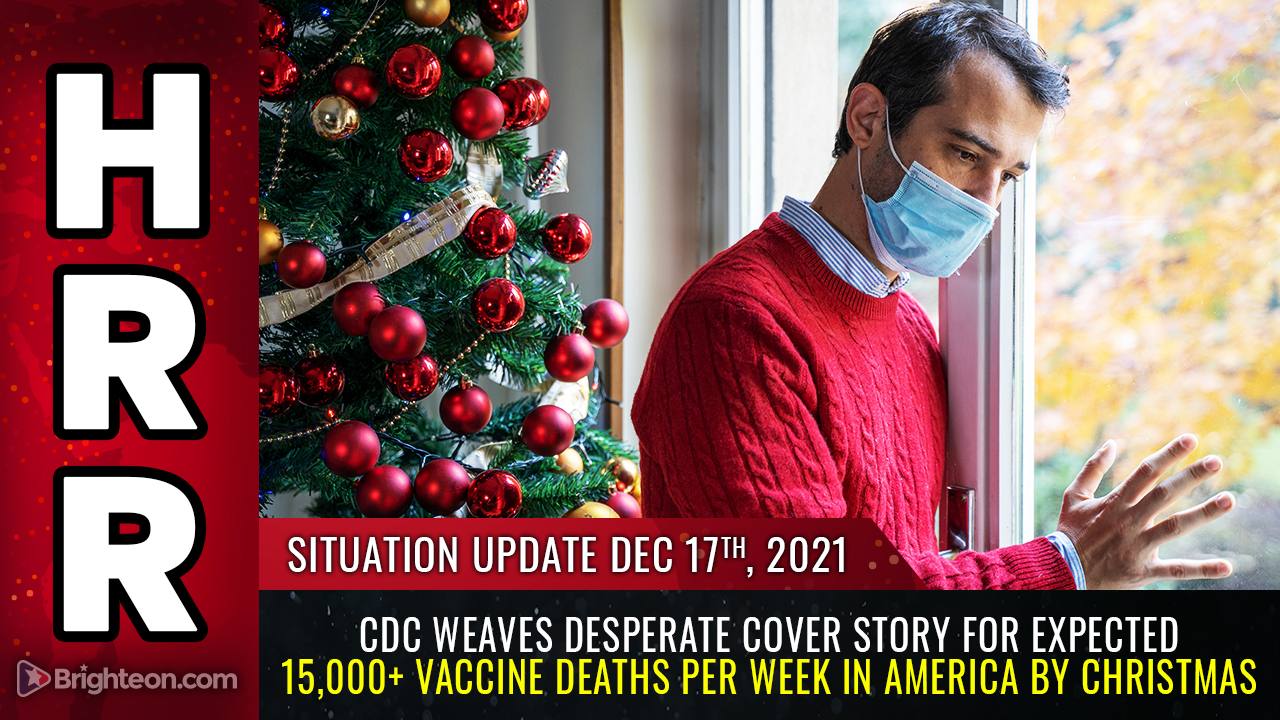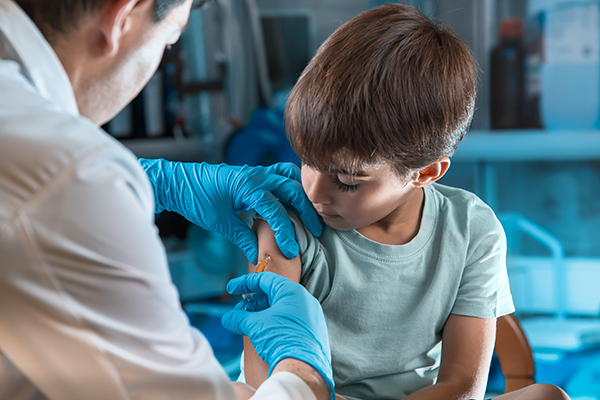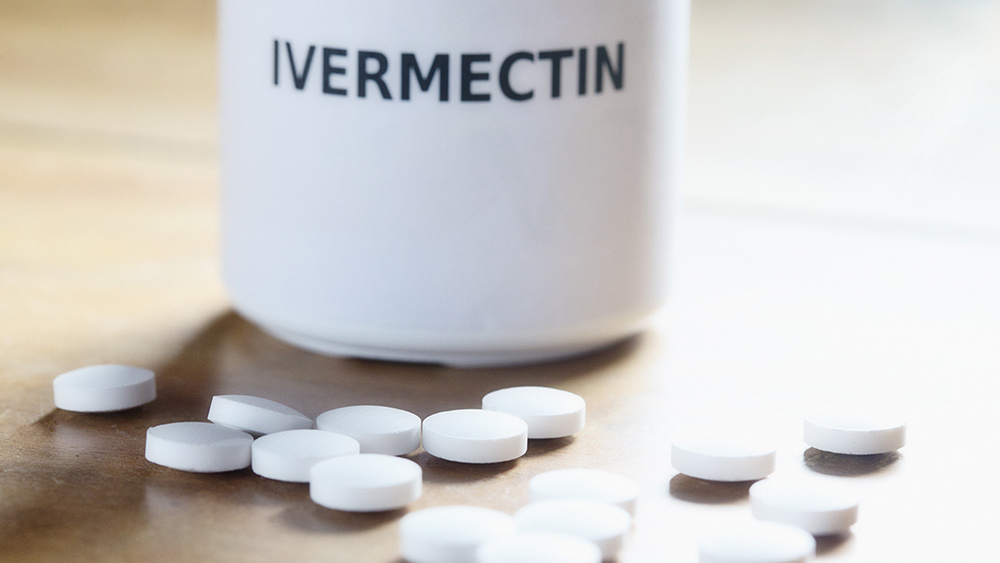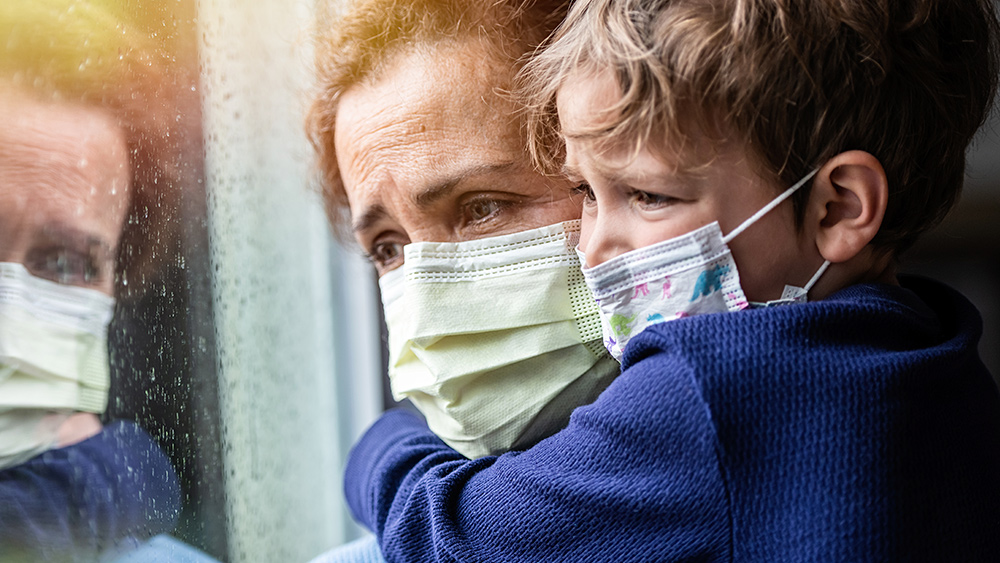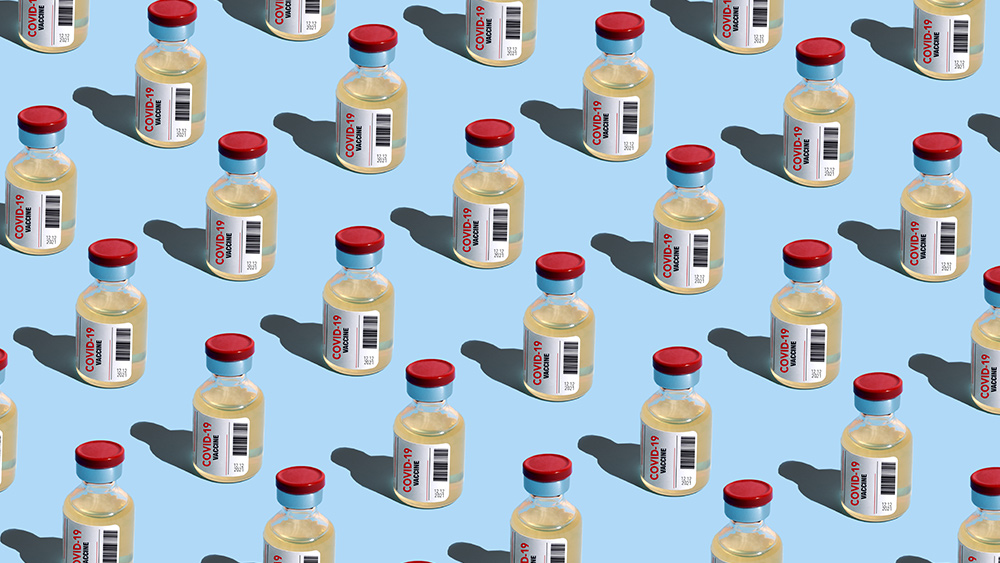News outlet says up to 90% of Canadian COVID-19 cases could be false positives
06/09/2021 / By Nolan Barton

A news outlet has found that the most coronavirus (COVID-19) test diagnostic standards in Canada may be too sensitive to reliably identify people suffering from the disease.
Over a two-week investigation, the Westphalian Times asked provincial health authorities and public health labs in Alberta, Ontario, Quebec, British Columbia, Manitoba, Nova Scotia, Saskatchewan, and New Brunswick to determine their level sensitivity used in their polymerase chain reaction (PCR) testing for COVID-19. The news outlet also researched previous findings scrutinized by prominent epidemiology experts in the U.S. and the UK.
The Westphalian Times found that up to 90 percent of the Canadian COVID-19 cases could be false positives. Canadians and their doctors are not given the important cycle threshold (Ct) statistic when they get a positive result on a COVID test. (Related: 22 Highly renowned scientists: Out of all of the COVID patients we’ve identified with the PCR test, 97% never had COVID.)
The reliability of the PCR test used by governments across Canada is a crucial issue in a trial pitting churches and individuals against the Manitoba government.
Represented by the Justice Center, churches and individuals are challenging government lockdown restrictions in the Court of Queen’s Bench as unjustified violations of the Charter freedoms to associate, worship and assemble peacefully. The burden is on the Manitoba government to justify its restrictions on Charter rights and freedoms as being reasonable, necessary and beneficial.
The PCR test is considered by many as the gold standard of COVID-19 testing. It involves collecting a sample from a patient’s nose, throat or saliva and analyzing it at the molecular level for the presence of SARS-CoV-2, the virus that causes COVID-19.

Some PCR testing kits are able to turn around results rapidly, while others require processing in a laboratory – which means the subject often doesn’t get the results for a few days.
The tests are not completely foolproof. There are false positives, in which a patient tests positive despite not having the virus, and false negatives, in which a patient who has contracted the virus tests negative.
Manufacturers determine cycle threshold cut-off number of PCR machines
Many patients test positive for COVID-19 without any symptoms because PCR machines are typically preset by the manufacturer to higher numbers. Basically, the manufacturer sets the test to turn off the cycling or amplification process when a certain number is hit.
The Food and Drug Administration (FDA) has given lab manufacturers a lot of leeway in determining the Ct cut-off number of their tests to determine positive versus negative.
COVID testing is typically performed using a nasopharyngeal swab inserted deep into the nostril. The swab is rotated for a while and then it is sent to a lab where a PCR test will amplify the amount of genetic material captured and then compare it to the DNA or RNA of a particular segment of the COVID virus.
To get enough genetic material to test, the PCR process increases the genetic material present by copying it and then copying it again over and over. Each of these increasing steps is called a cycle and the genetic material in the solution is reacted against the reference DNA to determine a positive.
If the sample contains a large amount of COVID virus it will show positive result after only a few cycles, while a sample with small amounts of genetic material will require more cycles to amplify enough genetic material to get a positive result.
An investigative report by the New York Times published Aug. 29 last year revealed that up to 90 percent of people testing positive carried barely any virus.
Juliet Morrison, a virologist at the University of California, Riverside, said that any test with a Ct above 35 is too sensitive. “I’m shocked that people would think that 40 could represent a positive,” she said.
Tests with high thresholds may detect live virus and genetic fragments, or leftovers from an infection that pose no particular risk.
Dr. Michael Mina, an epidemiologist at the Harvard T.H. Chan School of Public Health, said he would set the figure at 30, or even less. That would mean the amount of genetic material in a patient’s sample would have to be 100-fold to 1,000-fold that of the current standard for the test to return a positive result.
PCR tests can turn up positive results for up to 100 days after exposure to virus
Even an expert witness for the Manitoba government seemed to agree that the PCR test is unreliable. Dr. Jared Bullard, chief microbiologist and laboratory specialist, admitted in a hearing last month that PCR test results do not verify infectiousness and were never intended to be used to diagnose respiratory illnesses.
Bullard also testified that PCR tests can turn up positive results for up to 100 days after exposure to the virus.
There was an instance where a mother, who gave birth at Sainte-Justine Hospital in Montreal, Canada, tested positive for COVID-19 when her baby was born and repeatedly tested positive for 55 days. Her case has experts questioning the value of testing people over and over again after they have recovered.
Multiple studies have shown that some people who have recovered from the illness will test positive for long periods by PCR.
PCR cannot determine whether the person being tested is emitting a whole virus capable of infecting someone else or if the swabs instead are collecting the viral debris that can be shed after an infection.
The World Health Organization (WHO) and the Centers for Disease Control and Prevention (CDC) estimate that people can be considered recovered and non-infectious 10 days after their symptoms began, as long as they have been symptom-free for three days. (Related: CDC alters PCR testing guidelines to artificially boost vaccine “efficacy” and blame unvaccinated for “outbreaks.”)
So if symptoms went away on the sixth day, the individual could be considered cured after the 10th day. If symptoms persist for 12 days, they would need to tack another three days onto their period of isolation.
“Someone that is PCR-positive, especially after they’ve recovered, especially if they’re weeks and weeks into their recovery, it’s not likely that they are still infectious,” said Maria Van Kerkhove, the WHO’s leading coronavirus expert.
Follow Pandemic.news for more news and information related to the coronavirus pandemic.
Sources include:
Tagged Under: Charter freedoms, coronavirus, Court of Queen's Bench, covid-19, cycle threshold, false negatives, false positives, genetic fragments, lockdown restrictions, pandemic, PCR machine, PCR test, respiratory illnesses, SARS-CoV-2



